新闻中心



同济大学建筑与城市规划学院
2017“上海数字未来”暑期学校招募
CAUP Tongji University
2017 Digital FUTURE Shanghai
Summer Workshops Recruitment
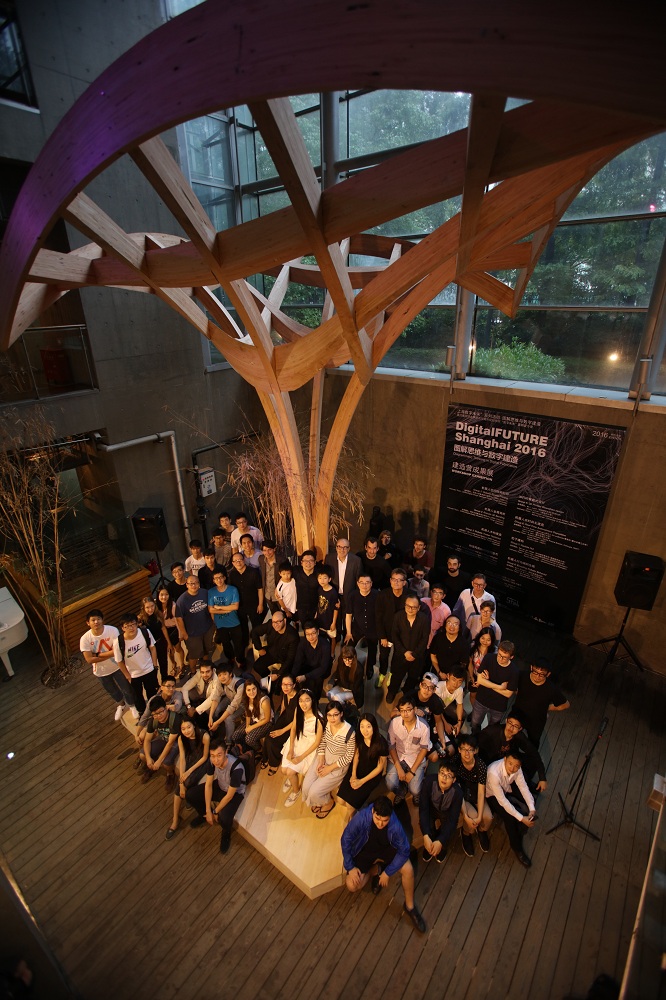
招募要求:
1. 建筑系三年级及以上在校学生(同济大学优先)
2. 能熟练运用Rhino, Grasshopper等数字设计软件
报名截止日期: 2017年06月10日
费用:工作营面向社会开放招生,同济大学建筑系三年级及以上在校学生免费
*请感兴趣的同学将想要参加的组号、个人简历及作品集发送至 digitalfuture_sh@163.com
组委会将根据各组指导老师的要求对报名的学员进行筛选,并于2017年06月16日前给与确认通知。
活动议程/Schedule
建造工作营/Fabrication Workshops
时间/Dates:2017/6/24 - 7/1
地点/Venue:同济大学建筑与城市规划学院
College of Architecture and Urban Planning, Tongji University
数字建筑国际学术研讨会/International Conference
时间/Dates:2017/7/2 09:00-18:00
地点/Venue:同济大学建筑设计研究院(集团)有限公司一楼报告厅
1st Floor, Auditorium, Tongji Architectural Design (Group) Co., Ltd.
建造工作营成果展/Workshops Exhibition
时间/Dates:2017/7/1 - 9/30
地点/Venue:同济大学建筑与城市规划学院C楼地下展厅
Building C Exhibition Hall, College of Architecture and Urban Planning, Tongji University
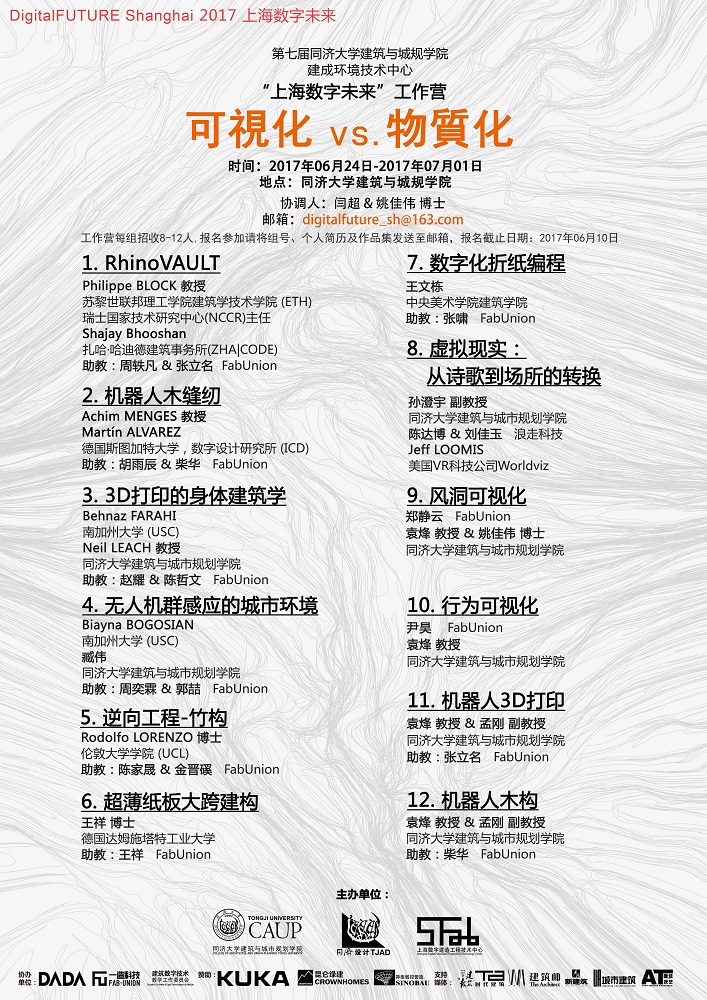
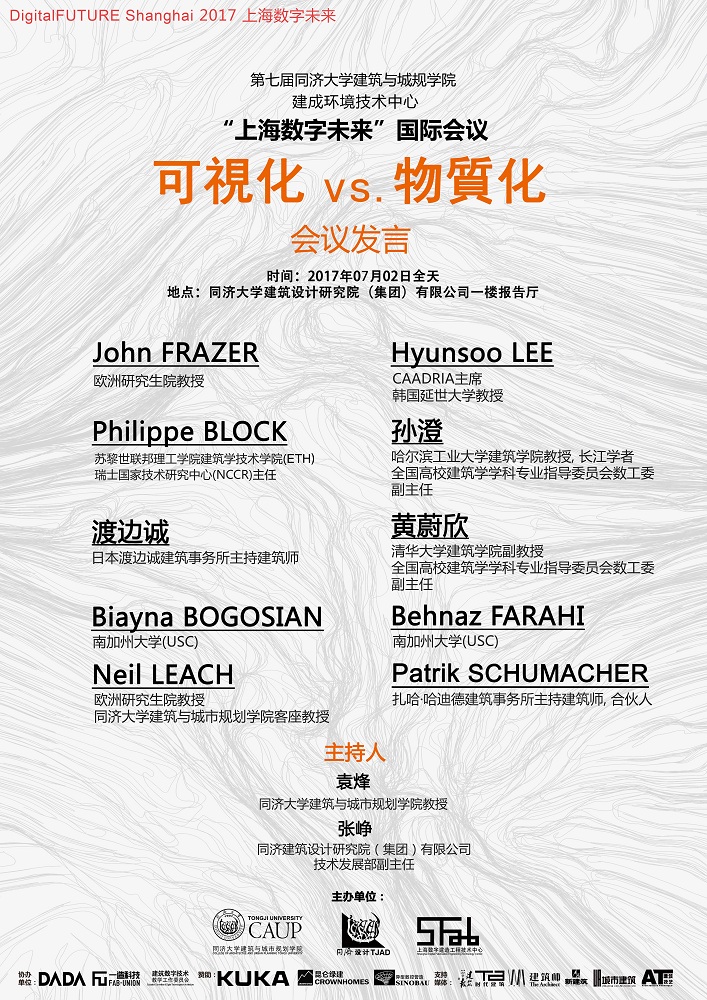
本届主题
可视化 VS. 物质化
自阿尔伯蒂(Leon Battista Alberti)开始,建筑师的工作便一直是通过特定的媒介在虚拟层面进行空间的构建,并通过图纸集(drawing set)对在场的物质建造进行指导。当代,不断发展的虚拟三维技术让建筑师得以摆脱媒介的束缚直接在虚拟空间中进行空间操作,并通过由数字到机器的转译直接进行物质实现。虽然数字加工技术的发展使得虚拟设计与物质建造之间的连接越来越紧密,阿尔伯蒂范式下建筑师的非物质工作模式也逐渐被打破,但是在建筑学中虚拟与物质仍被视为相互对立与隔离的两个世界。
事实上,当代科学技术与哲学思辨的发展使得我们对于虚拟与物质的认知越发宽泛。虚拟不再仅仅代表主体想象中或是象征意义中的世界,物质也不再仅仅被认为是消极的和静态的存在。由物质所承载物理世界本身便被认为存在着一种虚拟性。这种虚拟既包涵着物理世界向前演进的无数可能性,又在定义着这种演进过程中的内在规律。在某种层面上,物质本身便是虚拟的,虚拟与物质之间并没有明晰的界限。
因此,在建筑学中,我们可以认为构成建筑的物质材料具有某种虚拟的智能。这种智能可以驱动物质自身搜索在特定环境中的最佳能量状态,以达到一种或热工层面、或结构层面、亦或人体行为层面的动态平衡。这一过程中,建筑师的任务则是通过特定的工具与媒介将物质的虚拟性进行视觉呈现,并加以利用来探索建筑形式的可能性。
在这一背景下,无论是建筑师的主体性还是对建筑设计的传统定义都受到了巨大的挑战。何为建筑形式的意义、何为物质建构、甚至何为建筑设计的自治性等问题都需要被重新解答。而本次会议正是试图在这一转折点中对当代建筑学的发展进行解读与批判性思考,以在建筑学中建构一种虚拟与物质之间的全新关系。
工作营分组
1. Rhino VAULT
指导团队:Philippe Block(苏黎世联邦理工学院建筑学技术学院(ETH), 瑞士国家技术研究中心(NCCR)主任)
Shajay Bhooshan(扎哈·哈迪德建筑事务所(ZHA | CODE))
2. 机器人木缝纫
指导团队:Achim MENGES教授& Martín Alvarez(德国斯图加特大学计算设计学院)
3. 3D打印的身体建筑学
指导团队:Behnaz Farahi(南加州大学)
)
4. 无人机群感应的城市环境
指导团队:Biayna Bogosian(南加州大学)
臧伟 (同济大学数字设计研究中心(DDRC))
5. 逆向工程-竹构
指导团队:Rodolfo Lorenzo(伦敦大学学院(UCL))
6. 超薄纸板大跨建构
指导团队:王祥博士(德国达姆斯塔特工业大学)
7. 数字化折纸编程
指导团队:王文栋(中央美术学院)
8. 虚拟现实:从诗歌到场所的转换
指导团队:孙澄宇(同济大学建筑与城市规划学院)
陈达博(英国皇家艺术学院与帝国理工双硕士,浪走科技创始人)
刘佳玉(新媒体艺术家,浪走科技合作伙伴)
杰夫・卢明斯(美国VR科技公司Worldviz资深工程师,全球技术支持负责人)
9. 风洞可视化
指导团队:郑静云(FabUnion)
袁烽教授& 姚佳伟博士(同济大学建筑与城市规划学院)
10. 行为可视化
指导团队:尹昊(Fab Union)
袁烽教授(同济大学建筑与城市规划学院)
11. 机器人3D打印
指导团队:袁烽教授& 孟刚副教授(同济大学建筑与城市规划学院)
12. 机器人木构
指导团队:袁烽教授& 孟刚副教授(同济大学建筑与城市规划学院)
学术研讨会
John Frazer
欧洲研究生院教授
Philippe Block
苏黎世联邦理工学院建筑学技术学院(ETH)
瑞士国家技术研究中心(NCCR)主任
渡边诚
日本渡边诚建筑事务所主持建筑师
Biayna Bogosian
南加州大学(USC)
欧洲研究生院教授
同济大学建筑与城市规划学院客座教授
Hyunsoo Lee
CAADRIA主席
韩国延世大学教授
孙澄
哈尔滨工业大学建筑学院教授,长江学者
全国高校建筑学学科专业指导委员会数工委副主任
黄蔚欣
清华大学建筑学院副教授
全国高校建筑学学科专业指导委员会数工委副主任
Behnaz Farahi
南加州大学(USC)
Patrik Schumacher
扎哈·哈迪德建筑事务所主持建筑师,合伙人
Recruitment requirements:
1. Open recruitment for general public. Free for grade 3 or above architecture students in Tongji University.
2. Proficiency in Rhino、Grasshopper and other digital design software.
Application Deadline:June 10, 2017
* Please send the Group number, CV and Portfolio to digitalfuture_sh@163.com
We will select the registered students for each group according to the requirement of the instructor, and send you the final decision by June 16, 2017.
Theme
Visualization vs. Materialization
Since Leon Battista Alberti, architecture has been an intellectual practice in which the architect works on the virtual level through certain media and later instructs the construction of the material level using notational drawing sets. Today, cutting-edge development in virtual 3D technology has liberated the architect from the limitations of traditional design media. The architect is now able to construct space in a fully 3-dimensional virtual environment, the resulting design can then be translated directly to machine for fabrication without intermediary processes. With advancements in digital fabrication technology, virtual design and material fabrication have reached a seamless translation process. However, the virtual and the material are still being interpreted as two separated worlds in architecture.
With the development of contemporary natural science and philosophy, our understanding of the words “virtual” and “material” has been enormously broadened. Virtual does not merely represent the imaginary or symbolic world anymore, and matter is no longer considered a purely passive and inert substance. The physical world, which consists of matter, contains a kind of virtuality. This virtuality represents the topological space of possibilities in which our world evolves and defines the internal mechanism of its evolution. In many ways, there is no boundary at all between the virtual and the material world.
Therefore, in architecture, the building material could be considered as having a virtual agent too. This agent drives the material to find its best energy state in any given situation in order to achieve a dynamic equilibrium in thermal, structural, or even human interaction. In this searching process, the architect’s task becomes how to make use of new tools for visualizing these agents and using them to exploring the formal possibilities made available for architecture.
In this context, both the authority of the architect and the tradition of design have been challenged. Questions such as “what architectural form represents”, “what architectural tectonic should be” and “what architectural autonomy means”, should be reconsidered and answered carefully. Confronting this turning point, this conference is devoted to the critical discussion and interpretation of these questions. In doing so, it seeks to establish a new relationship between virtual design and matter realization.
Workshops Recruitment
1. Rhino VAULT
Instructor Team:Philippe Block (Director, NCCR, ETH Zuric)
Shajay Bhooshan (Zaha Hadid Architects (ZHA|CODE), ETH Zurich)
2. Robotically Sewn Timber
Instructor Team:Prof. Achim Menges& Martín Alvarez(Research Associate, Institute for Computational Design, the University of Stuttgart)
3. 3D Printed Body Architecture
Instructor Team: Behnaz Farahi (University of Southern California)
4. Urban Environmental Sensing with Drones
Instructor Team: Biayna Bogosian (University of Southern California)
Wei Zang (CAUP Tongji University)
5. Reverse-Engineered Bamboo
Instructor Team:Rodolfo Lorenzo(University College London)
6. Cellular Cavity Structure for Shells with Thin Sheet Materials
Instructor Team: Xiang Wang (Darmstadt University of Technology)
7. Scripted “Paper Folding”
Instructor Team:Wang Wendong (Central Academy of Fine Arts)
8. Converting Poems to Places in VR
Instructor Team: Chengyu Sun (Associate Professor, CAUP Tongji University)
Dabo Chen &Jiayu Liu (Langzou Technologies)
Jeff Loomis (Worldviz Technical Engineer)
9. Wind Tunnel Visualization
Instructor Team: Jingyun ZHENG (FabUnion)
Prof. Philip F. YUAN & Dr. Jiawei YAO (CAUP, Tongji University)
10. Behavior Visualization
Instructor Team: Hao YIN (Fab Union)
Prof. Philip F. YUAN (CAUP, Tongji University)
11. Robotic 3D Printed Architecture
Instructor Team: Prof. Philip F. YUAN & Prof. Gang MENG (CAUP, Tongji University)
12. Robotic Timber Construction
Instructor Team: Prof. Philip F. YUAN & Prof. Gang MENG (CAUP, Tongji University)
International Conference
John Frazer
Professor of Digital Design at the European Graduate School / EGS
Philippe Block
Director, Swiss National Centre of Competence in Research (NCCR), ETH Zurich
Makoto Sei
Makoto Sei Watanabe / Architects' Office
Biayna Bogosian
University of Southern California
Professor, European Graduate School
Visiting Professor, Tongji University
Hyunsoo Lee
President, CAADRIA
Professor, Yonsei University
Cheng SUN
Professor, Harbin Institute of Technology
Co-director, Building Digital Technology Teaching Committee
Yangtze River Scholar
Weixin HUANG
Associate Professor, Tsinghua University
Co-director, Building Digital Technology Teaching Committee
Behnaz Farahi
University of Southern California
Patrik Schumacher
Principal, Company director, Zaha Hadid Architects
历年工作营回顾Previous Workshops Review
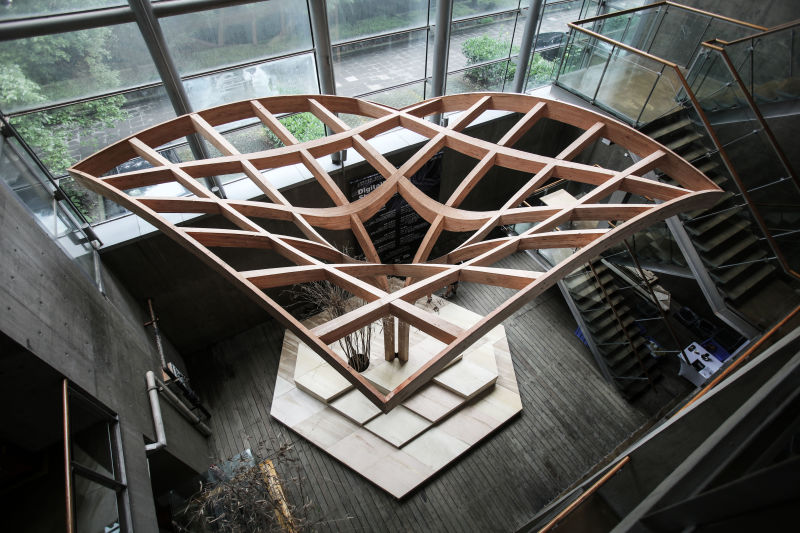
2016年机器人木构建造
2016 Robotic Wood Architecture
指导老师/Instructor:袁烽Philip F. Yuan
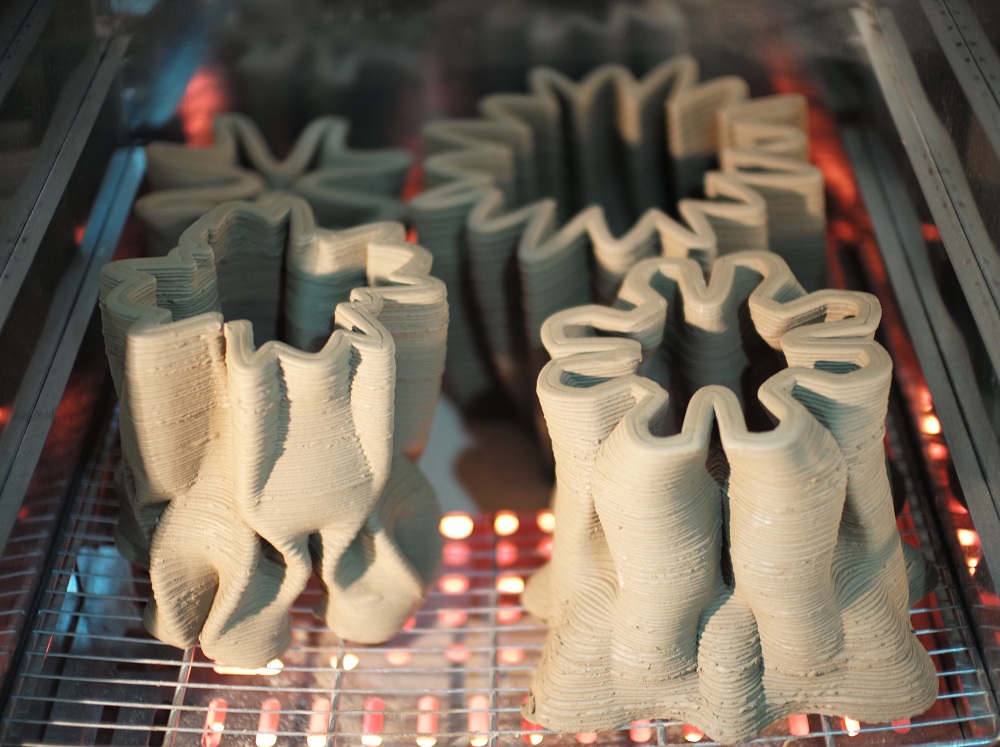
2016年机器人陶土打印声学立柱
2016 Robotic Clay Printing
- Acoustic Absorptive Column
指导老师/Instructor:袁烽Philip F. Yuan
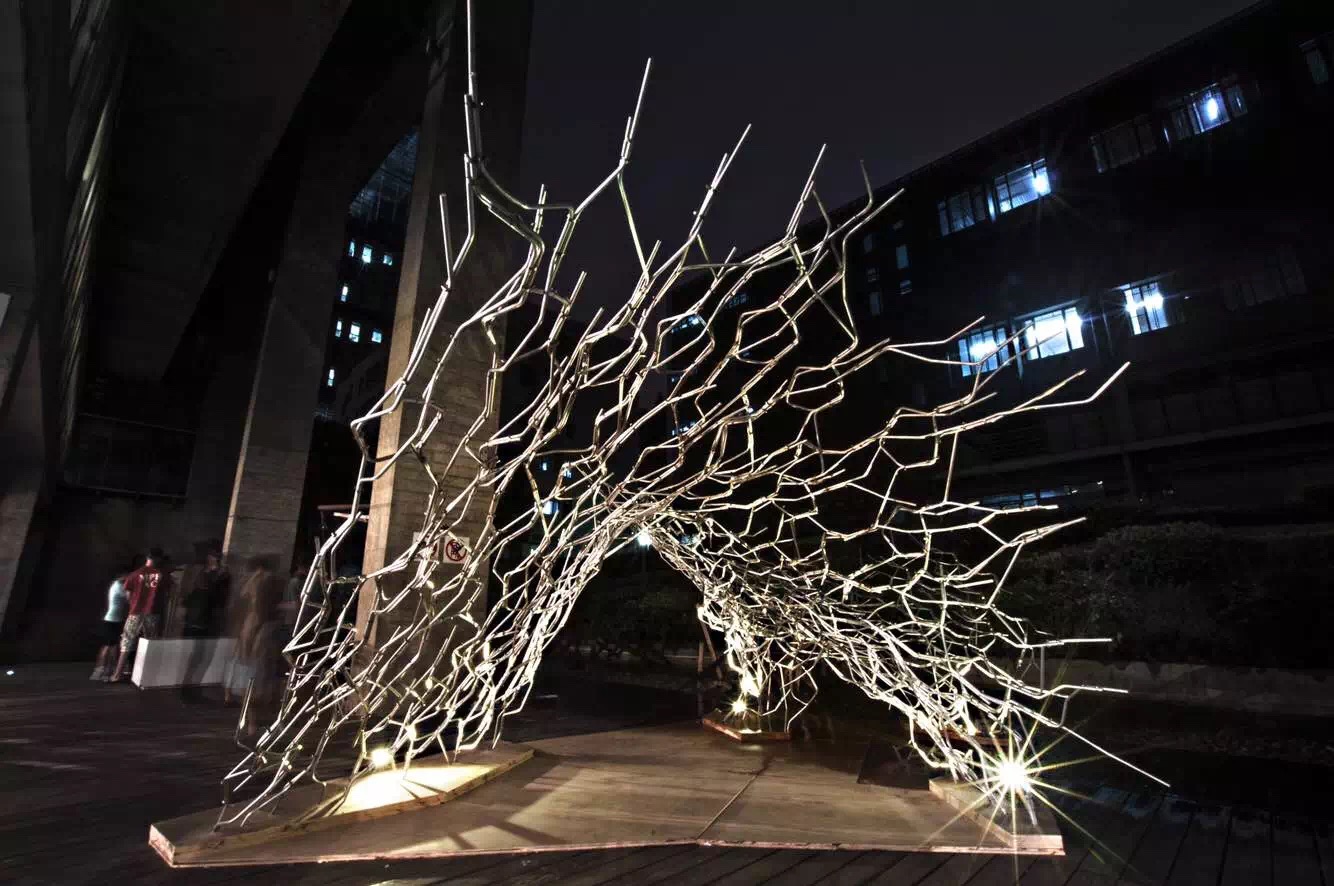
2015年机器人协同建造
2015 Swarm Fabrication
指导老师/Instructor:Roland Snooks
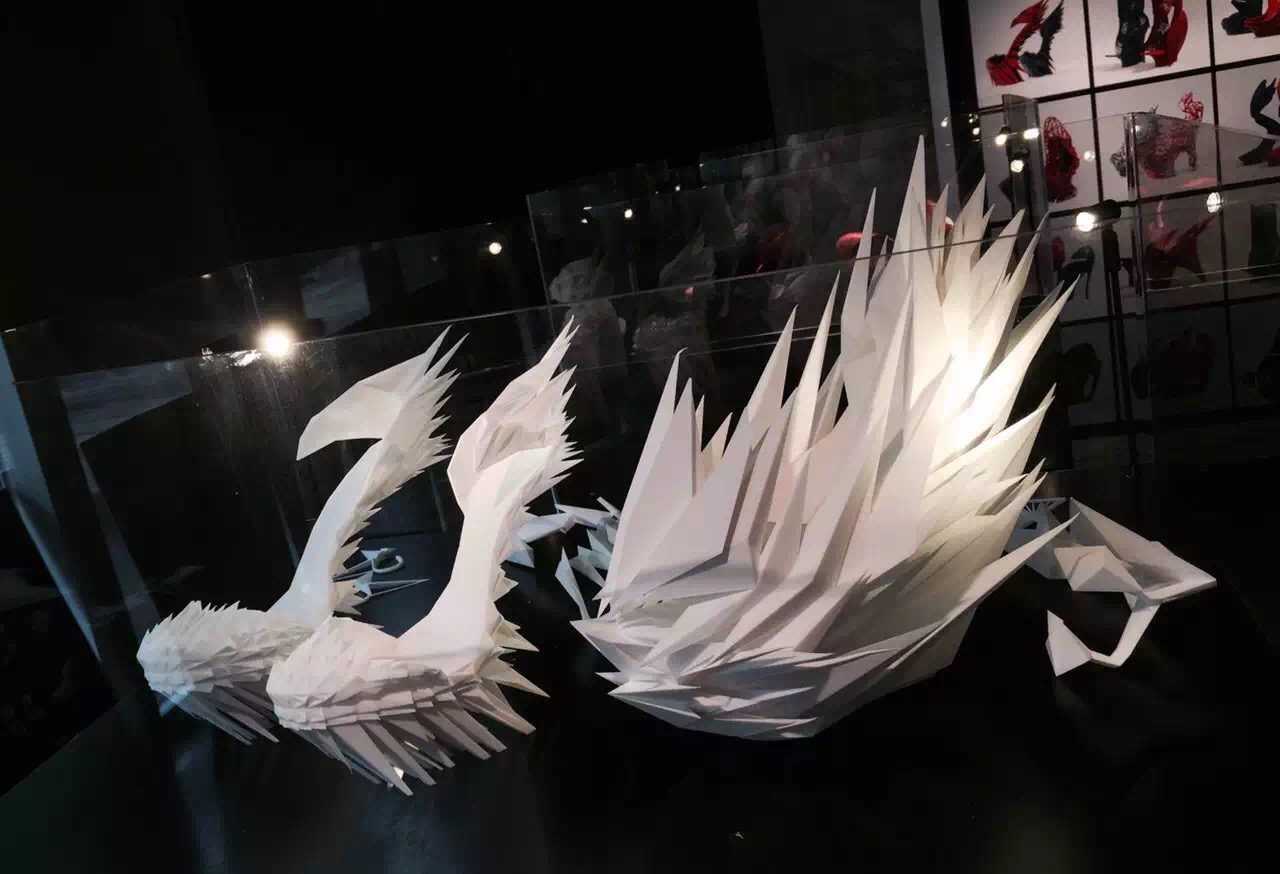
2015年 3D打印时装
2015 3D Print Wearable
指导老师/Instructor:Steven Ma, Rem D · Koolhaas
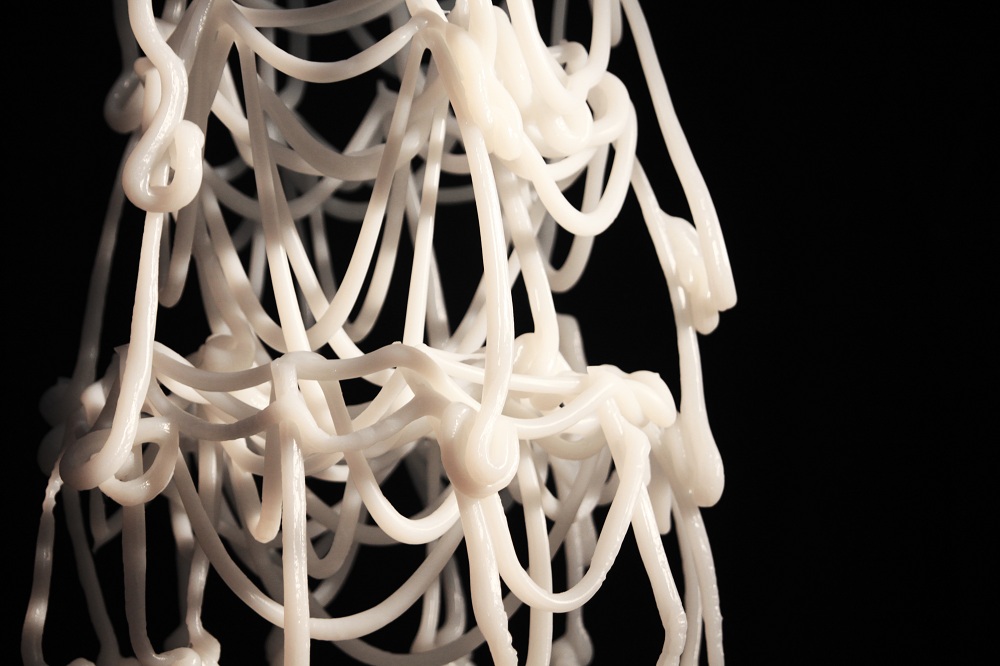
2014年机器人复合材料打印
2014 Autonomous Tectonic
指导老师/Instructor:Matias del Campo, Sandra Manninge
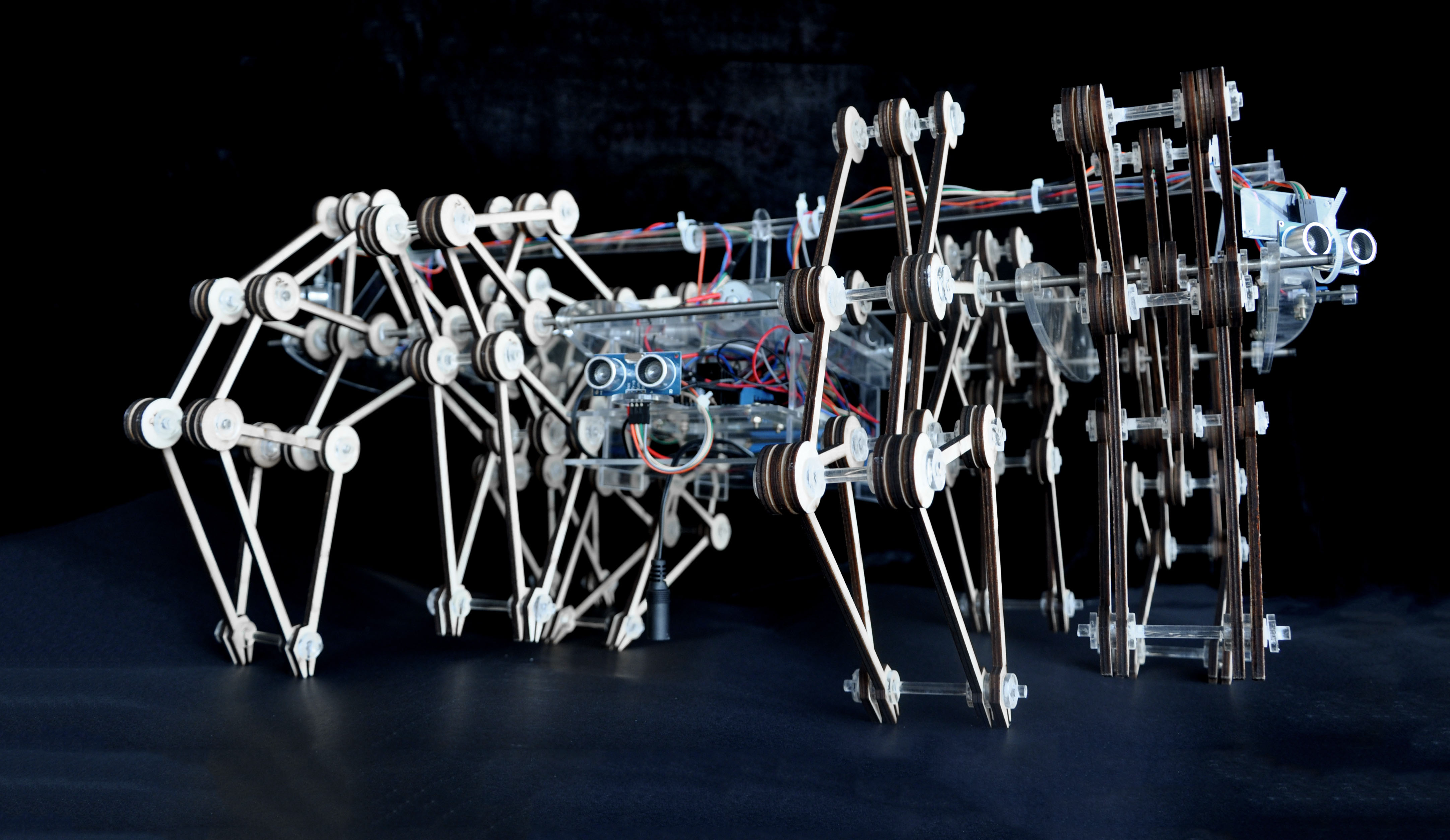
2013年机械狂欢
2013 Emotive Robot
指导老师/Instructor:袁烽 Philip F. Yuan
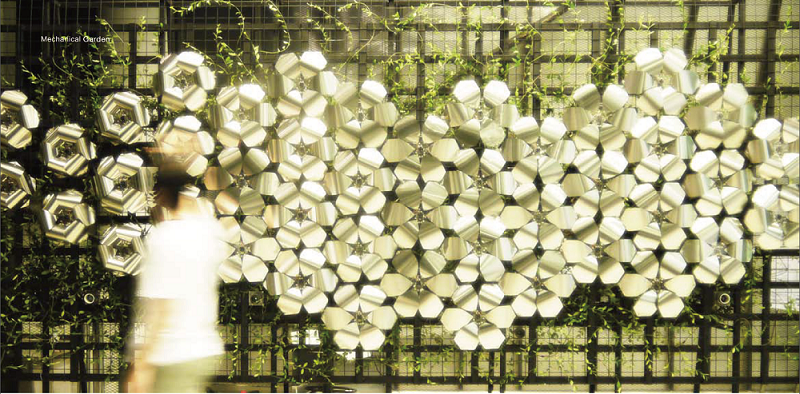
2012年机械花园
2012 Mechanical Garden
指导老师/Instructor:袁烽 Philip F. Yuan